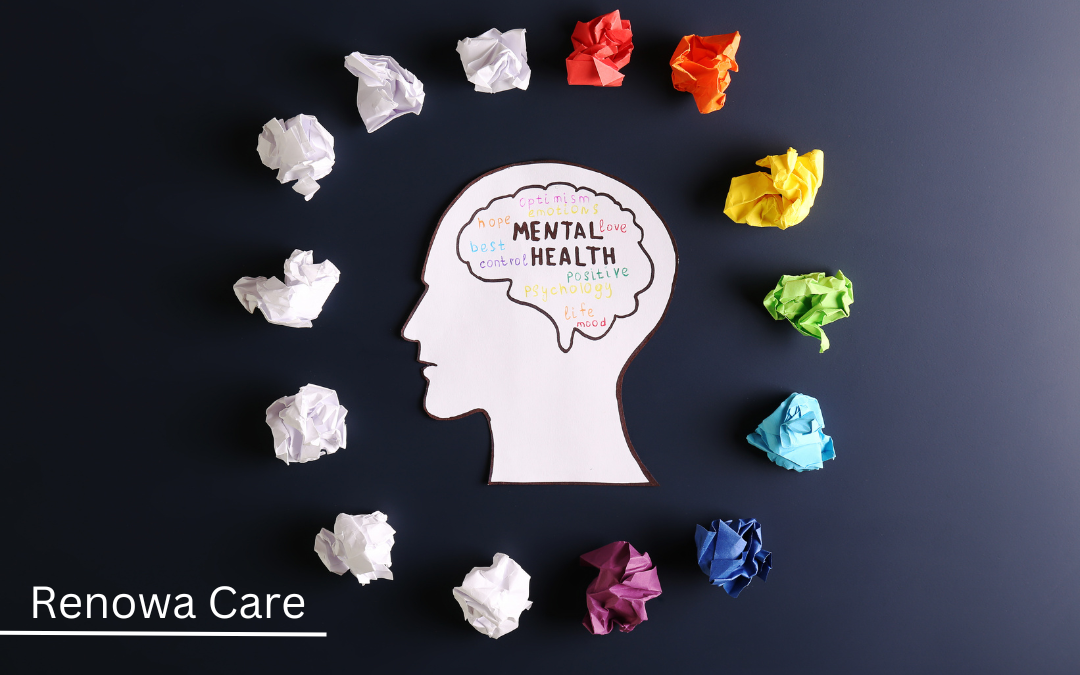Ques. What is Mental Health?
Ans. Mental health refers to a state of well‐being. It helps people to manage life’s stressors, develop their potential, study and work effectively, and contribute to their communities. It is a crucial element of health and well-being that supports both our individual and group capacity to make decisions, develop relationships, and influence the world we live in. Our emotional, psychological, and social well-being are all parts of mental health.
Ques. What are Mental Health conditions?
Ans. Mental health conditions include mental illnesses/ disorders, psychosocial disabilities, and other mental states related to significant levels of suffering, functional limitations, or risk of self-harm
Ques. What are the factors which may contribute to Mental Health problems?
Ans. Several factors may contribute to Mental Health problems. Some of them are stated below-
- Biological components or brain chemical imbalances
- Family history of mental health problems
- Early life experiences of a traumatic event or a history of abuse (for example, child abuse, sexual assault, witnessing violence, etc.)
- Any other persistent (chronic) illnesses, such as cancer or diabetes
- Use of drugs or alcohol
Ques. How common are Mental health disorders?
Ans. According to WHO, In 2019, one in eight individuals, or 970 million people worldwide, had a mental illness, with anxiety and depressive disorders being the most common. Due to the COVID-19 pandemic, the number of individuals who suffer from anxiety and depression greatly increased in 2020. Recent estimates suggest a 26% increase in anxiety and a 28% rise in severe depressive disorders in just one year.
Ques. What are some of the signs and symptoms of Mental Health disorders?
Ans. Following is a list of some early warning signs and symptoms of Mental Health Disorders.
- Disturbance in sleep and appetite
- Feeling low and upset
- Feeling confused, forgetful, angry, irritated, anxious, or fearful
- Mood swings
- Having low energy levels
- Experiencing aches and pains
- Sense of helplessness or despair
- Consuming alcohol, tobacco, or drugs more often than normal
- Having persistent negative thoughts
- Inability to perform daily tasks


Recent Comments